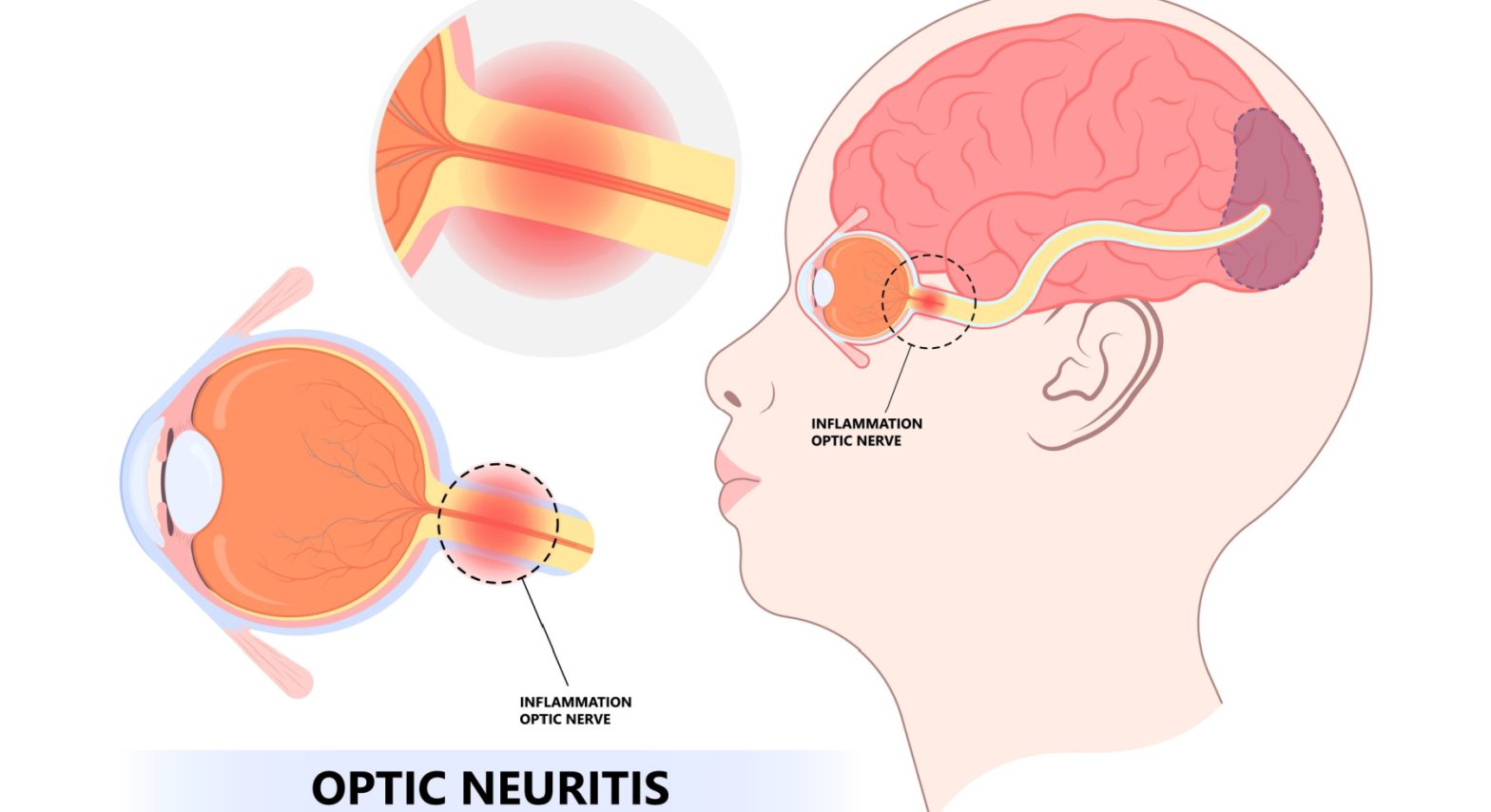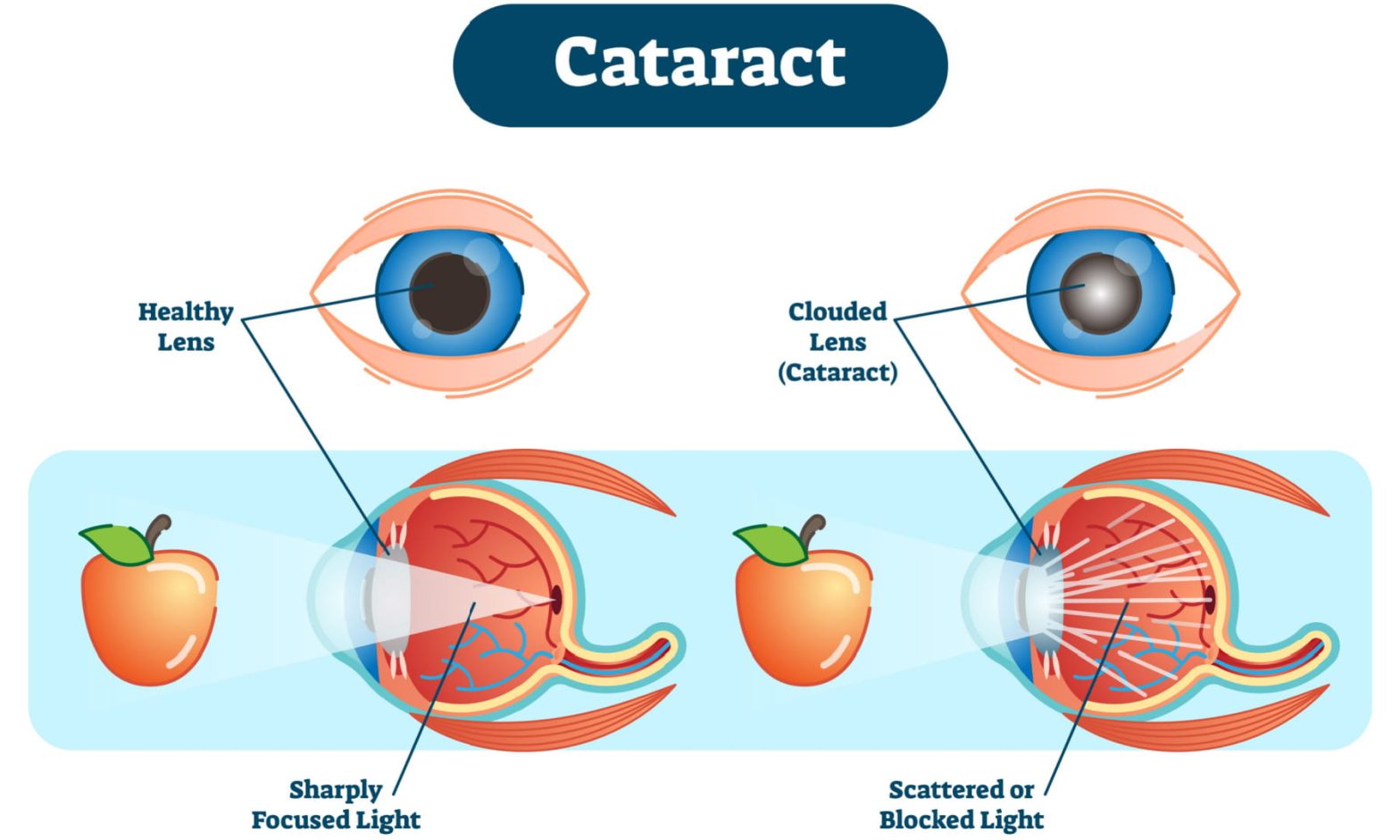Healthcare providers have a moral and professional responsibility to ensure that the care they provide to patients is safe and delivers results in line with internationally recognised outcomes. As the first overseas branch of Moorfields Eye Hospital NHS Foundation Trust, Moorfields Eye Hospital Dubai continuously strives to maintain and further grow the positive reputation of… Continue reading Joint Commission International (JCI) Accredited Moorfields Eye Hospital Dubai highlights the importance of quality of care in a healthcare setting
Optic neuritis
This blog has been contributed by Dr. Salma Yassine, Consultant Ophthalmologist in Paediatric & Neuro-ophthalmology What is optic neuritis? Optic neuritis occurs when our immune system mistakenly targets the substance covering your optic nerve, resulting in inflammation and damage to the myelin. This disrupts electrical impulses that travel from the eye to the brain, causing… Continue reading Optic neuritis
What you need to know about Cataracts
This blog has been contributed Dr. Salman Waqar, Consultant Ophthalmologist in Cataract and Glaucoma Surgery. Cataracts are a common age-related eye condition where the eye’s lens becomes cloudy and opaque, affecting vision. The lens is a clear, elastic structure that helps focus light onto the retina, which sends visual signals to the brain. As we… Continue reading What you need to know about Cataracts


